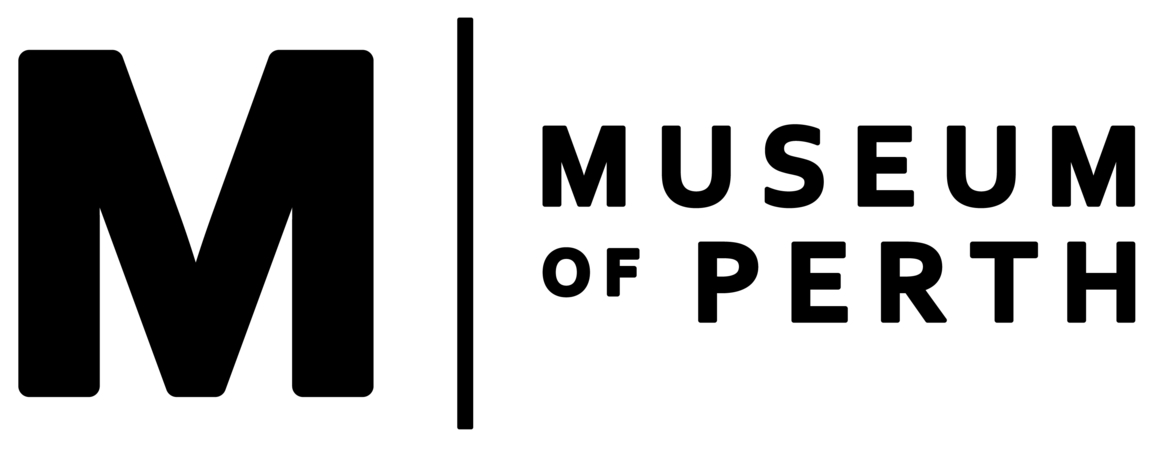Boodjamooling
Description & Location
The name for what was once a small swamp within a series of wetlands stretching from present-day Claisebrook Cove in East Perth through to Herdsman Lake. Boodjamooling was a campsite for Noongar people where the land and waters provided food and shelter. Bush tucker, such as the edible interior rhizome root of yanjidee, or bulrushes, filled these wetlands and were collected by Noongar women using wanna, or digging sticks, during the Noongar season of Djeran (April – May).
After contact in 1829, the Europeans gave Boodjamooling the name of Third Swamp, and a newspaper article one hundred years later recalled the location as a popular camping ground for Aboriginal people and a place for corroborees.
In 1897, 15 hectares encompassing Boodjamooling was gazetted as a public park and two years later renamed Hyde Park. Most of the original vegetation, including the many native Eucalyptus and Melaleuca trees, was cleared and replaced with European species.
Oil from Eucalyptus and Melaleuca trees were used by Noongar people as both antiseptic and antibacterial bush medicine. The leaves and gum of Eucalypts were, and still are, used to relieve nasal congestion, heal wounds and as an ointment for sores.
Today, an old Jarrah tree and two Paperbark trees stand between the edge of West Lake and the lake-side pathway in the north-western section of Hyde Park. Symbols of the endemic species that once stood around Boodjamooling, these trees offered Noongar people material for implements. The branches and roots of the jarrah tree were traditionally used by Noongar people to make tools, such as boorndoorn (spears), and wanna (digging sticks). The bark of paperbark, a type of Melaleuca, was used as bandages, food wraps and temporary shelters.
Hyde Park has been registered as an Aboriginal site of significance by the Department of Planning, Lands and Heritage.
References
City of Vincent. (2019). Our City: History. Retrieved from https://www.vincent.wa.gov.au/our-city/about-vincent/history.aspx.
Hansen, V., & Horsfall, J. (2016). Noongar Bush Medicine; Medicinal plants of the South-West of Western Australia. Perth, WA: UWA Publishing, p. 83, 94-95, 161.
The City's Swamps Must Go! (1935, May 19). Sunday Times, p. 5. Retrieved from http://nla.gov.au/nla.news-article59441528.
Old Perth Resident: The Late Mr. Edward Lewis. (1937, 28 July). The West Australian, p. 21. Retrieved from http://nla.gov.au/nla.news-article41415085.
Artistic impression of Perth as it may have appeared in 1827 (looking west from the Claisebrook entry to the Swan River across the lakes of central Perth). Copyright: Edith Cowan University 2014.

